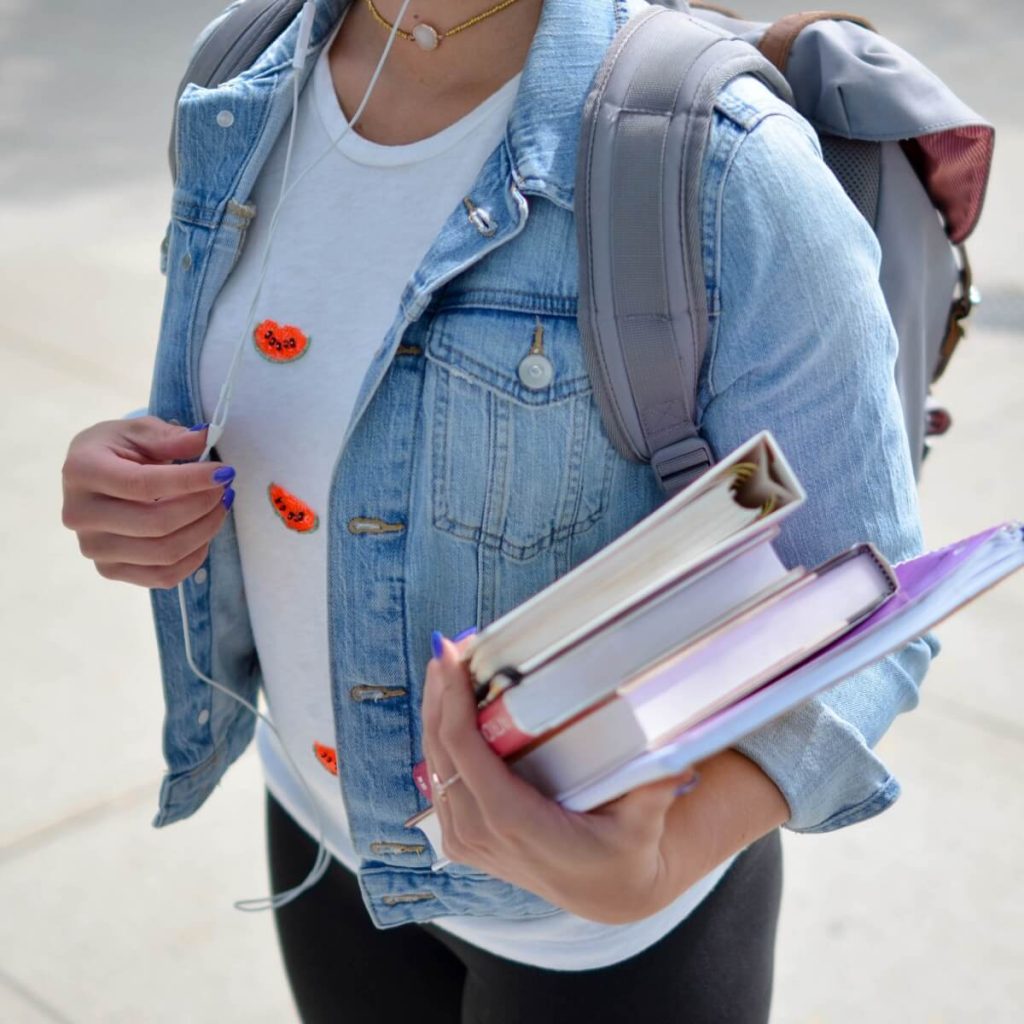Changing the Way You Sit at Your Desk and Take Breaks Can Greatly Reduce Your Pain and Increase Your Posture
Many of us don’t have a choice about how long we work. Sitting at our desks for prolonged periods of time can wreak havoc on our bodies and many of us only realize this until its too late. However, pain doesn’t have to be associated with work and small changes can make all the difference. Being proactive can mean preventing long term damage and unnecessary pain. Read below to find out 3 tips you can implement right now to start seeing a change.
Common Office and Home Office Concerns
The most common office concerns include, but are not limited to, prolonged sitting, lack of armrests, lack of back support, one’s chin tilted upwards, elbows away from the body, being slumped forward, monitor placement, chair height, flat back chairs, keyboards too small and a poor mouse position. Here are some tips you can try today to start making improvements to your body.
Change the Way You Sit At Your Desk
The way we sit at our desk is often the culprit for many of our woes and pain.
The following tips can help us ensure we’re sitting with the right posture when working. When we have poor posture, our entire body suffers causing all sorts of ailments. See 5 of the most common sitting-related issues here and how an ergonomic assessment can help you feel better and improve your posture.
- Your eyes should be level with the top of your monitor and 18-30 inches away from it
- Your head should be in a neutral position
- Your ears should be over your shoulder and your shoulders slightly behind your hips
- Your elbows should be at the side and bent at 90 degrees or slightly greater, supported by armrests
- Your wrists should be flat and straight
- Your feet should be flat on the floor or supported on a footrest
- Your knees should be level with your hips
- You should sit and relax into the chair with a comfortable lumbar support
- The spacebar on your keyboard should be aligned with the centre of your body
Follow the 20/8/2 Rule
The 20/8/2 rule is a simple guideline to break up your work intervals. Every 30 minutes can be broken down into 20 minutes of sitting, 8 minutes of standing and 2 minutes of moving. This is not a hard and fast rule but allows a variety of bodily postures and movement and offsets inertia from creeping in.
Take Microbreaks
Microbreaks are also a viable method to break up work intervals where you get up once an hour to stretch or walk for any amount of time.
Microbreaks are more than just getting up for the bathroom. Think of them as micro workouts.
They are opportunities to get up to do some light exercises that focus specifically on your joints and their range of motion. These exercises can make a big difference when it comes to preventing lower back pain and hip pain when sitting.
The key here is variety. Plan to cycle through a number of movements that work out many areas of your body. This will allow you to get the most out of your microbreaks and help provide hip pain and back pain relief.
Here are a few suggestions to incorporate into your microbreaks:
- Stair climbing
- Brisk walking
- Air squatting
- Trunk twisting
- Arm hugging
- Twisted toe-touching
- Leg swinging
- Skating
- Sumo squatting
- Seated cat stretching
- Hip raises
- Superman stretching
These are just a few examples of the things you can do and will give you a good starting point. Once these become too easy, make small modifications to make your workouts more challenging. Likewise, if you’re finding some of these difficult, modify them to make it easier until your body is ready for its next challenge. Modifications can include adding a weight, performing the exercise with a single leg and using a chair, for example.
Considering Seeing A Specialist
To get a set of personalized exercises catered to your own individual needs and goals, or to have an ergonomic assessment of your work or home office environment, visit one of our physiotherapists or kinesiologists serving East Vancouver and Burnaby. They can also do a virtual Telehealth appointment to see the space you work in and suggest adjustments and tweaks and prescribe braces if need be if you are suffering from ailments such as Tennis Elbow or Carpal Tunnel Syndrome.
For a full postural assessment, consider seeing a chiropractor, who can also examine the way you sit, stand and walk and make recommendations for exercises or prescribe orthotics to help with your back pain and gait.
Have any questions? Email us or call our East Vancouver clinic at 604-876-9977 with any questions you may have or to book an appointment.
Whatever you do, there’s no reason to suffer from back and hip pain. Take some of the preventative measures mentioned above to ensure you’re sitting for success and not doing further damage to your body.



